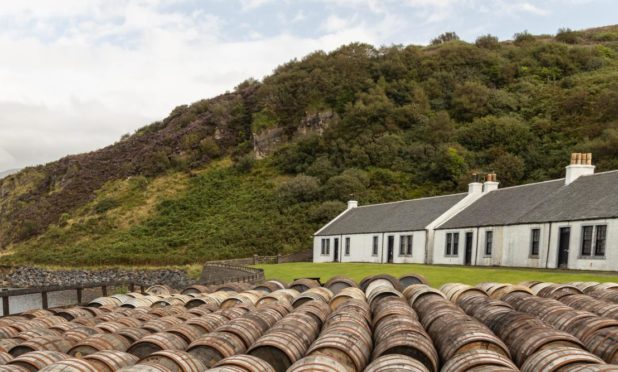The whisky making island of Islay has been shaken and stirred by its fourth earthquake in three days.
A 1.8 magnitude tremor was recorded less than two miles south of Ruvaal Lighthouse by the British Geological Survey at 3.57pm on Monday.
The quake was recorded at a depth of 7km.
Three tremors, measuring 1.6, 1.4 and 0.7, hit the island on Saturday.
Islay, which has a population of around 3200, currently has nine working distilleries, with two more planned to open in the next couple of years.
There are roughly 200-300 earthquakes in Britain every year, but the vast majority are so small that no one notices them. However between 20-30 are over 2.0 magnitude which can be felt over a wider area.
The largest known Scottish earthquake on land occurred near Loch Awe in 1880, with a magnitude of 5.2.
UK earthquakes, particularly in Scotland, are most often attributed to glacial rebound. Until about 10, 500 years ago much of the north of the UK was covered by a thick layer of ice – which pushed the rocks down into the underlying mantle.
These rocks have been slowly rising back up ever since the ice melted, causing occasional earthquakes in the process.
The UK is also subject to tectonic stresses caused by the expansion of the Atlantic Ocean, which is slowly pushing the entire of Eurasia to the east, and from the northward motion of Africa, which is pushing into Europe from the south.
